Home>Articles>How To Treat A Single Piece Of Furniture For Termites
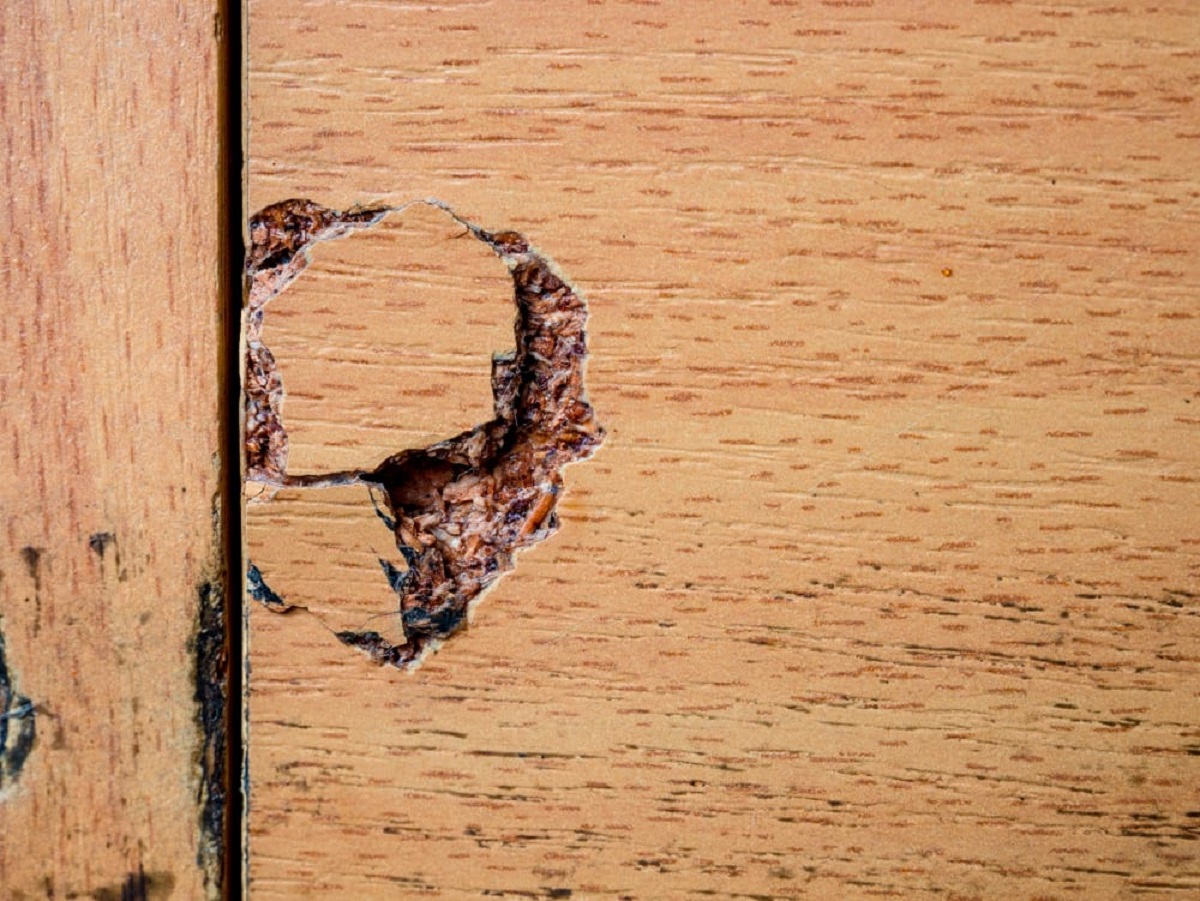

Articles
How To Treat A Single Piece Of Furniture For Termites
Modified: May 6, 2024
Learn how to effectively treat a single piece of furniture for termites using proven methods and techniques. Protect your valuable furniture with our expert tips and advice.
(Many of the links in this article redirect to a specific reviewed product. Your purchase of these products through affiliate links helps to generate commission for Storables.com, at no extra cost. Learn more)
Introduction
Furniture is not only an essential part of our homes and offices but also a significant investment. Whether it’s an antique chair passed down through generations or a modern sofa, we want our furniture to be well-maintained and protected. One of the biggest threats to the longevity and integrity of furniture is termite infestation.
Termites, also known as “silent destroyers,” feed on cellulose materials, which include wood. They can quickly wreak havoc on furniture by tunneling through the wooden structures, causing irreversible damage. Identifying termite infestation early on and implementing proper treatment is crucial to safeguarding your valuable furniture.
In this article, we will discuss the signs of termite infestation in furniture, how to prepare the furniture for treatment, different treatment methods, and preventive measures to keep termites at bay.
Key Takeaways:
- Protect your furniture from termite infestation by recognizing early signs, preparing for treatment, and choosing the right method, whether chemical or natural. Implement preventive measures to ensure long-lasting furniture durability.
- Safeguard your furniture from termites through proper preparation, effective treatment methods, and proactive preventive measures. Consult professionals for expert guidance and ensure the long-term health of your valuable pieces.
Read more: How To Treat Termites In The Ceiling
Signs of Termite Infestation
When it comes to termite infestation, early detection is key. Being able to recognize the signs of termite activity in your furniture can help you take prompt action and minimize damage. Here are some common signs to look out for:
- Visible tunnels or mud tubes: Termites build mud tunnels or tubes along the surface of furniture to provide them with moisture while they feed. These tubes are typically brown or muddy in color and can be found on the legs or sides of the furniture.
- Hollow-sounding wood: Tap on the surface of your furniture and listen for a hollow or papery sound. Termites hollow out the wood from the inside, leaving a thin layer of paint or veneer intact.
- Fecal pellets: Termite droppings, also known as frass, resemble tiny wood-colored pellets. You may find these near the infested furniture or scattered around the area.
- Discarded wings: Termites swarm and shed their wings before establishing a new colony. If you come across discarded wings near your furniture, it could indicate a termite infestation.
- Tight-fitting doors or windows: Termites can cause structural damage to your furniture, resulting in doors or drawers that are difficult to open or close smoothly.
- Presence of termite swarmers: Termite swarmers are winged termites that are responsible for establishing new colonies. If you notice these flying insects around your furniture, it’s a clear sign of a termite infestation.
Keep in mind that these signs may not always be obvious, especially if the infestation is in its early stages or the furniture is upholstered. Regular inspections and vigilance are crucial for identifying termite infestations early on.
Preparing the Furniture for Treatment
Before you can effectively treat the termite-infested furniture, it’s important to properly prepare it to maximize the effectiveness of the treatment process. Here are the steps to follow when preparing your furniture:
- Isolate the furniture: Move the infested furniture away from other pieces to prevent the termites from spreading. Place it in an area where it can be easily accessed for treatment.
- Remove any accessories: Take off any removable accessories such as cushions, upholstery, or decorative items from the furniture. This will allow for a thorough treatment of the affected areas.
- Clean the furniture: Use a soft brush or vacuum cleaner to remove any surface dirt or dust from the furniture. This will ensure that the treatment penetrates the wood properly and is not hindered by debris.
- Seal off cracks or openings: Inspect the furniture for any cracks, crevices, or openings that may provide entry points for termites. Seal these off using an appropriate sealant or wood filler to prevent further infestation.
- Disassemble if necessary: If the furniture has removable components or can be disassembled, consider doing so to expose the termite-affected areas. This will make the treatment process more effective and targeted.
By following these preparation steps, you can ensure that the treatment reaches the affected areas and increases the likelihood of eradicating the termites completely.
Choosing a Treatment Method
Once you have prepared the termite-infested furniture, you need to select an appropriate treatment method. The choice of treatment depends on factors such as the severity of the infestation, the type of furniture, and your preferences. Here are two common methods for treating termite-infested furniture:
- Treating with Chemicals: Chemical treatment involves using termiticides or insecticides that are specifically formulated to kill termites. This method is widely used for its effectiveness in eradicating termites and preventing future infestations. There are two main types of chemical treatments:
- Spot Treatment: This involves applying the termiticide directly to the infested areas of the furniture. It targets the termites present in those areas and helps eliminate them.
- Tent Fumigation: In cases of severe infestations, tent fumigation may be necessary. The furniture is sealed in a large tent, and a gas fumigant is introduced to kill the termites. This method should only be done by professionals due to the potential hazards associated with fumigants.
- Treating with Natural Remedies: If you prefer to use natural methods or have concerns about using chemicals, there are several natural remedies that can be effective in treating termite-infested furniture. These include:
- Heat Treatment: Exposing the furniture to high temperatures, either using direct heat or through sunlight, can help kill termites. However, this method may not be suitable for delicate or heat-sensitive furniture.
- Freezing Treatment: Similarly, freezing the furniture can kill termites. Wrap the furniture in plastic and place it in a freezer for several days to ensure that the termites are eliminated.
- Orange Oil Treatment: Orange oil contains D-limonene, which is toxic to termites. Applying orange oil to the infested areas of the furniture can help kill the termites. However, this method is more effective for localized infestations.
It’s important to note that while natural remedies may be safer for humans and pets, they may not offer the same level of effectiveness as chemical treatments. Consider consulting with a professional or an experienced pest control expert to determine the best treatment method for your specific situation and furniture.
To treat a single piece of furniture for termites, you can use a termiticide spray or foam directly on the affected areas. Make sure to follow the product instructions carefully and consider seeking professional help for severe infestations.
Treating the Furniture with Chemicals
Chemical treatment is a commonly used and highly effective method for treating termite-infested furniture. It involves the application of termiticides or insecticides specifically designed to target termites. Here are the steps to effectively treat your furniture with chemicals:
- Choose the right termiticide: Consult with a professional or a pest control expert to select the appropriate termiticide for your furniture. Different termites may require different types of termiticides, so it’s important to choose the one that is most effective for your specific infestation.
- Protect yourself: Before starting the treatment, ensure that you wear protective gear such as gloves, a mask, and goggles. This will protect you from any harmful effects of the chemicals.
- Apply the termiticide: Using a sprayer or a brush, carefully apply the termiticide to the termite-infested areas of the furniture. Pay special attention to cracks, crevices, and other areas where termites may be present. Follow the instructions provided with the termiticide regarding the dosage and application method.
- Allow for proper penetration: After applying the termiticide, allow it to penetrate the wood for the recommended amount of time. This ensures that the termites are exposed to the chemical and increases the effectiveness of the treatment.
- Repeat the treatment if necessary: In cases of severe infestations, it may be necessary to repeat the treatment to ensure all termites are eliminated. Consult with a professional to determine the appropriate interval for retreatment.
- Dispose of waste properly: After treating the furniture, dispose of any termites, termiticide-soaked materials, or protective gear according to local regulations. This reduces the risk of further infestations.
It’s important to note that chemical treatments should be done by professionals or individuals with proper training. They will ensure the safety of the treatment process and maximize its effectiveness in eliminating termites from your furniture.
Treating the Furniture with Natural Remedies
If you prefer to use natural methods or have concerns about using chemicals, there are several effective natural remedies for treating termite-infested furniture. While these remedies may not offer the same level of effectiveness as chemical treatments, they can still be helpful in controlling and eliminating termites. Here are some natural remedies to consider:
- Heat Treatment: Exposing the termite-infested furniture to high temperatures can kill termites. You can use direct heat by placing the furniture under direct sunlight for several days, or you can use heat chambers or specialized equipment designed for this purpose. Keep in mind that heat treatment may not be suitable for delicate or heat-sensitive furniture.
- Freezing Treatment: Just like heat, extreme cold temperatures can also kill termites. Wrap the furniture in plastic and place it in a freezer for several days. The freezing temperatures will eliminate the termites. However, this method may not be suitable for large or bulky furniture pieces.
- Orange Oil Treatment: Orange oil contains D-limonene, a compound that is toxic to termites. Apply orange oil to the termite-infested areas of the furniture using a brush or spray bottle. The oil will suffocate and kill the termites. Keep in mind that orange oil is more effective for localized infestations and may need to be reapplied over time.
- Boric Acid Treatment: Boric acid is a natural substance that is toxic to termites. Create a mixture of boric acid and water and apply it to the termite-infested areas of the furniture using a brush or spray bottle. The boric acid will kill the termites on contact and can also act as a deterrent to prevent future infestations.
- Nematode Treatment: Nematodes are microscopic parasites that feed on termites. You can purchase nematodes from gardening or pest control stores and apply them to the soil or directly to the termite-infested areas. The nematodes will attack and kill the termites, helping to eliminate the infestation.
It’s important to note that while natural remedies can be effective, they may take longer to show results compared to chemical treatments. Additionally, their effectiveness may vary depending on the severity of the infestation. Consider consulting with a professional or an experienced pest control expert to determine the best natural remedy and application method for your specific situation.
Applying Preventive Measures
Once you have treated your termite-infested furniture, it’s essential to implement preventive measures to protect it from future termite attacks. Taking proactive steps can help ensure that your furniture remains termite-free. Here are some preventive measures to consider:
- Regular inspections: Schedule regular inspections of your furniture to detect any signs of termite activity early on. Look for mud tubes, droppings, or any other indications of termites. Catching an infestation in its early stages allows for prompt treatment and minimizes potential damage.
- Keep furniture away from moisture: Termites thrive in moist environments. Ensure that your furniture is not in direct contact with water sources such as leaky pipes or damp walls. Use dehumidifiers or proper ventilation to reduce moisture levels in your home.
- Provide proper ventilation: Good airflow helps prevent the buildup of moisture, which attracts termites. Use fans or open windows to promote air circulation around your furniture and reduce the risk of termite infestation.
- Use termite-resistant materials: Consider using furniture made from termite-resistant materials, such as treated wood or metal, for added protection. These materials are less susceptible to termite attacks and can help deter infestations.
- Apply termite repellents: Apply natural termite repellents, such as essential oils like cedarwood, neem, or tea tree oil, to your furniture. These oils have properties that repel termites and can act as a deterrent to prevent infestations.
- Maintain regular cleaning: Regularly clean and dust your furniture to remove any potential food sources for termites. Vacuum upholstery, sweep or mop around the furniture, and keep the area clean and clutter-free to reduce the likelihood of termite infestations.
- Consult with professionals: If you live in an area prone to termite infestations or have had previous termite problems, consider consulting with a professional pest control company. They can provide ongoing monitoring and preventive treatments to safeguard your furniture.
By implementing these preventive measures, you can significantly reduce the risk of termite infestations and prolong the lifespan of your furniture. Regular maintenance and vigilance are key to protecting your valuable pieces from these destructive pests.
Conclusion
Termite infestation can pose a serious threat to your valuable furniture, but with proper treatment and preventive measures, you can effectively safeguard your investments. Recognizing the signs of termite infestation, preparing the furniture for treatment, and choosing the right treatment method are crucial steps in the process.
Chemical treatments offer a highly effective solution, allowing for targeted eradication of termites. However, if you prefer natural remedies, options such as heat treatment, freezing treatment, orange oil treatment, boric acid treatment, or the use of nematodes can also be effective in controlling termite infestations.
Applying preventive measures can further protect your furniture from future termite attacks. Regular inspections, maintaining proper ventilation, keeping furniture away from moisture, using termite-resistant materials, and applying termite repellents can help deter termites and minimize the risk of infestation.
Remember, it’s important to consult with professionals or experienced pest control experts for guidance and assistance in treating termite-infested furniture. They can provide expert advice, recommend the most suitable treatment methods, and ensure the safety and effectiveness of the treatment process.
By implementing these strategies and staying vigilant, you can ensure the long-term health and durability of your furniture, allowing you to enjoy your cherished pieces for years to come.
Now that you’ve learned how to safeguard that cherished furniture piece from termites, why stop there? Dive into our guide on furniture care, where you’ll discover tips for selecting and maintaining leather furniture, ensuring longevity and timeless style. While you're at it, don't miss our essential home maintenance guide, which covers all the bases to keep your entire home in tip-top shape. Both articles are packed with practical advice to help you protect and enhance your living space!
Frequently Asked Questions about How To Treat A Single Piece Of Furniture For Termites
Was this page helpful?
At Storables.com, we guarantee accurate and reliable information. Our content, validated by Expert Board Contributors, is crafted following stringent Editorial Policies. We're committed to providing you with well-researched, expert-backed insights for all your informational needs.

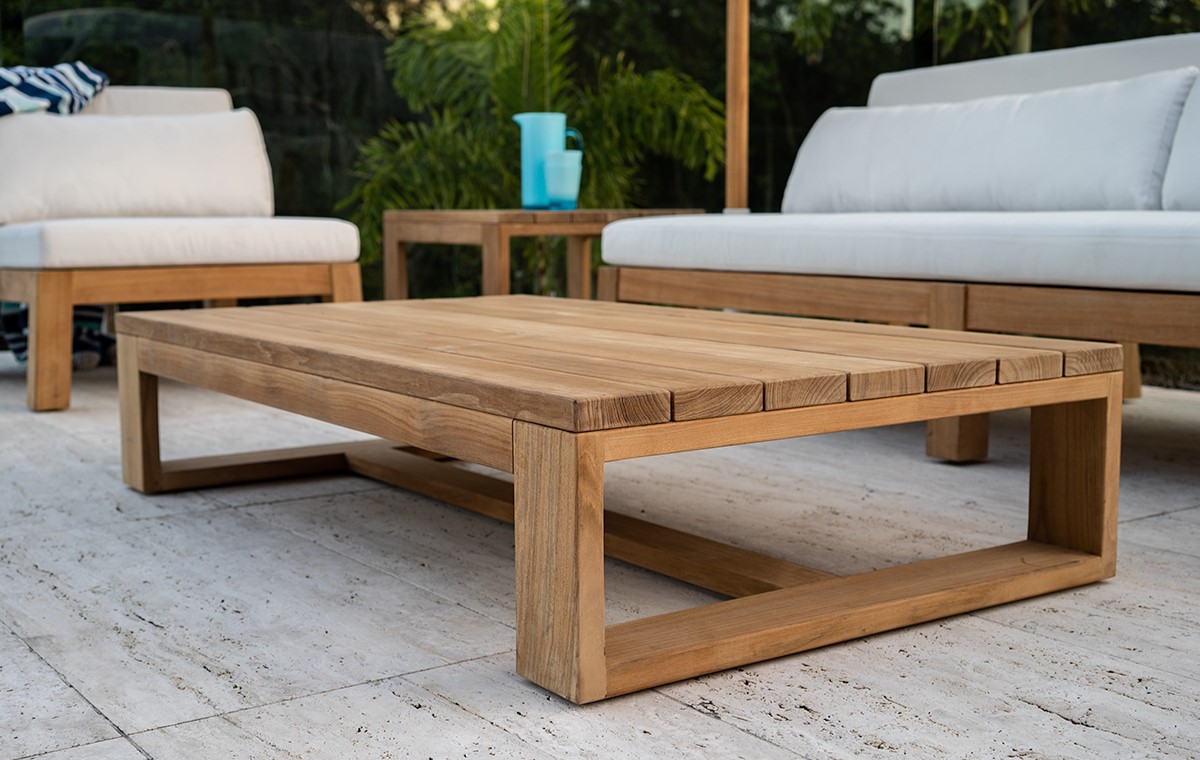


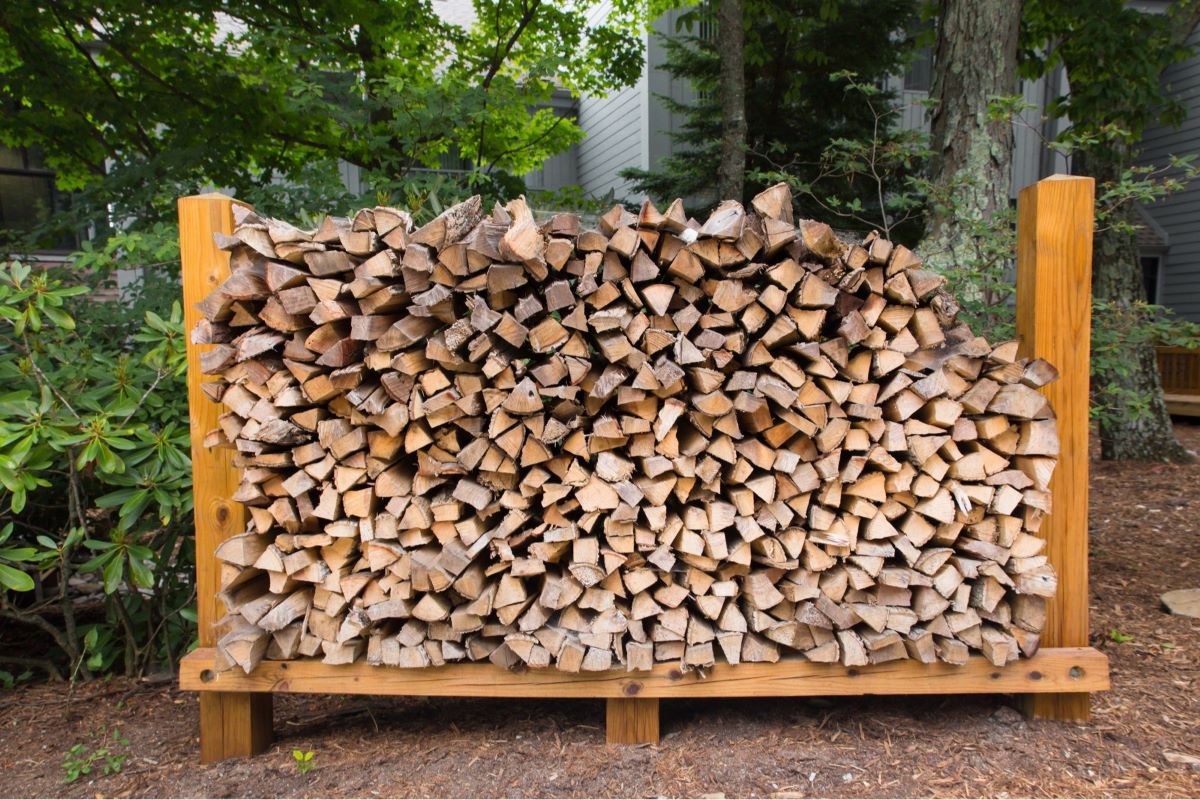
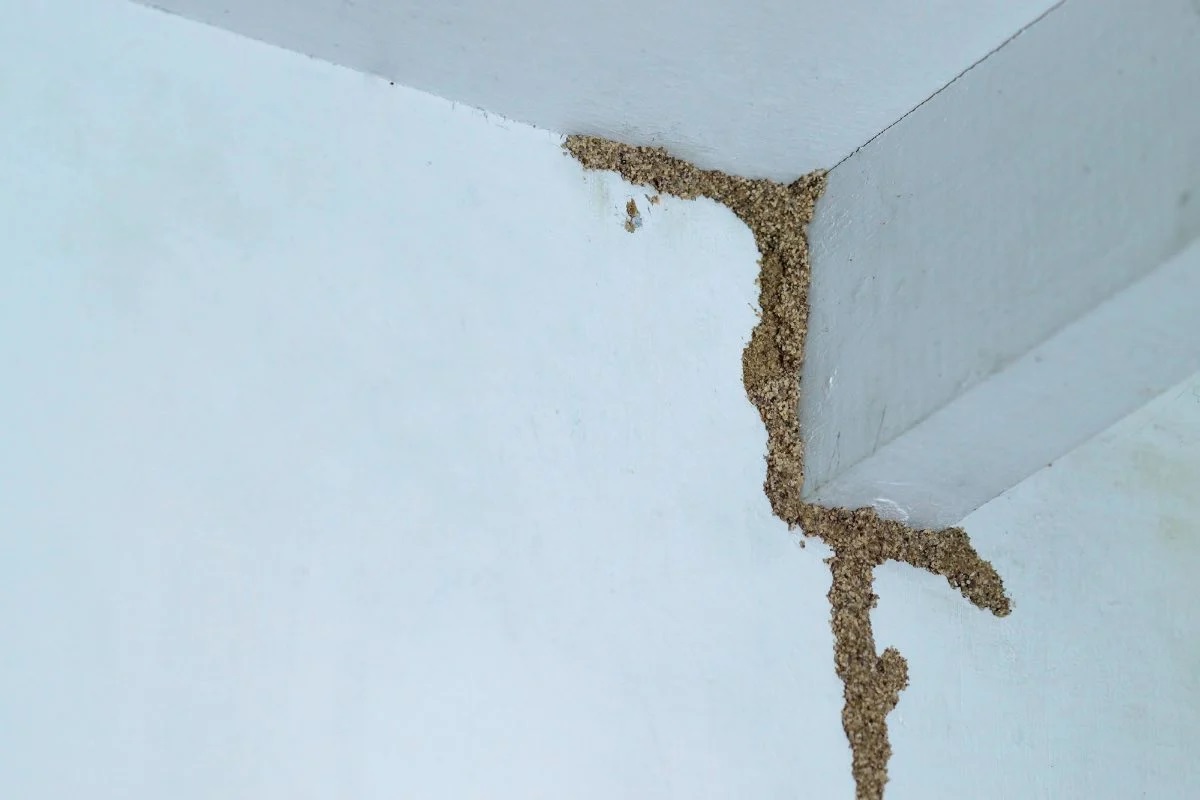
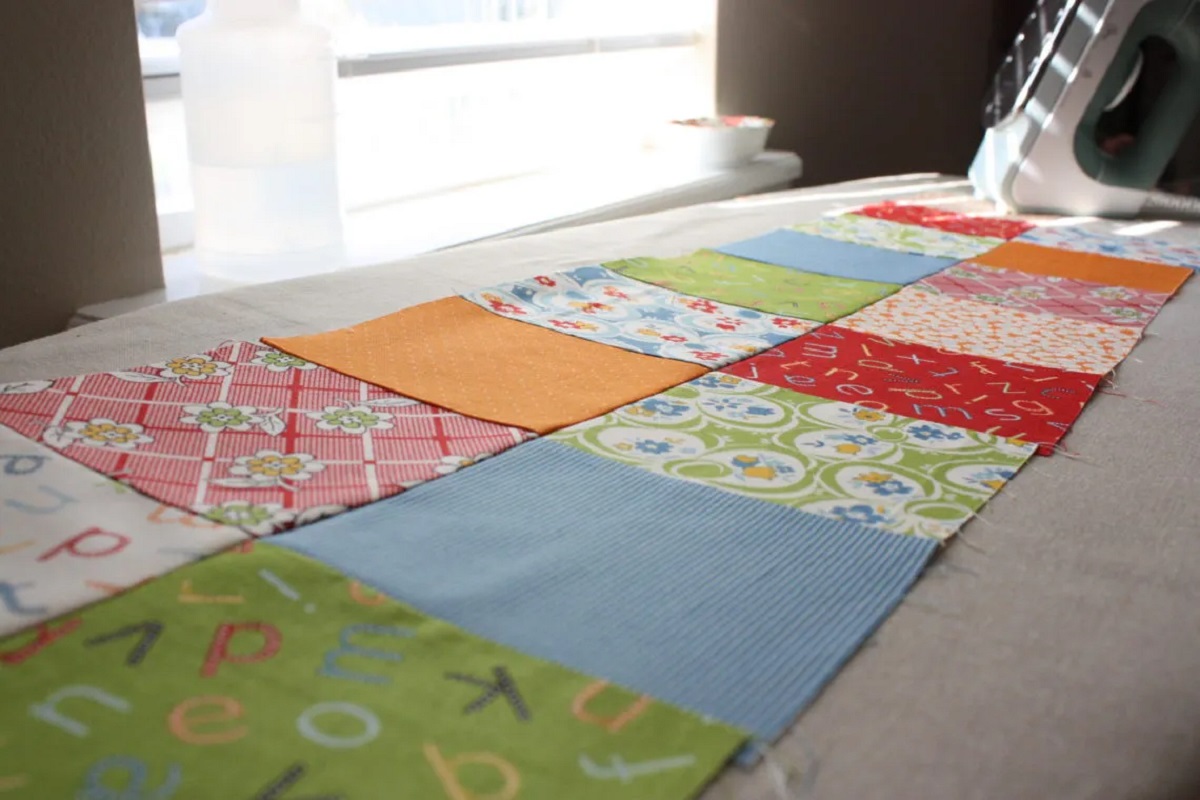

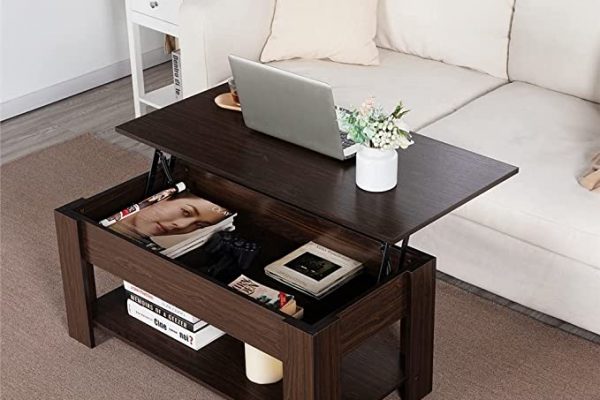
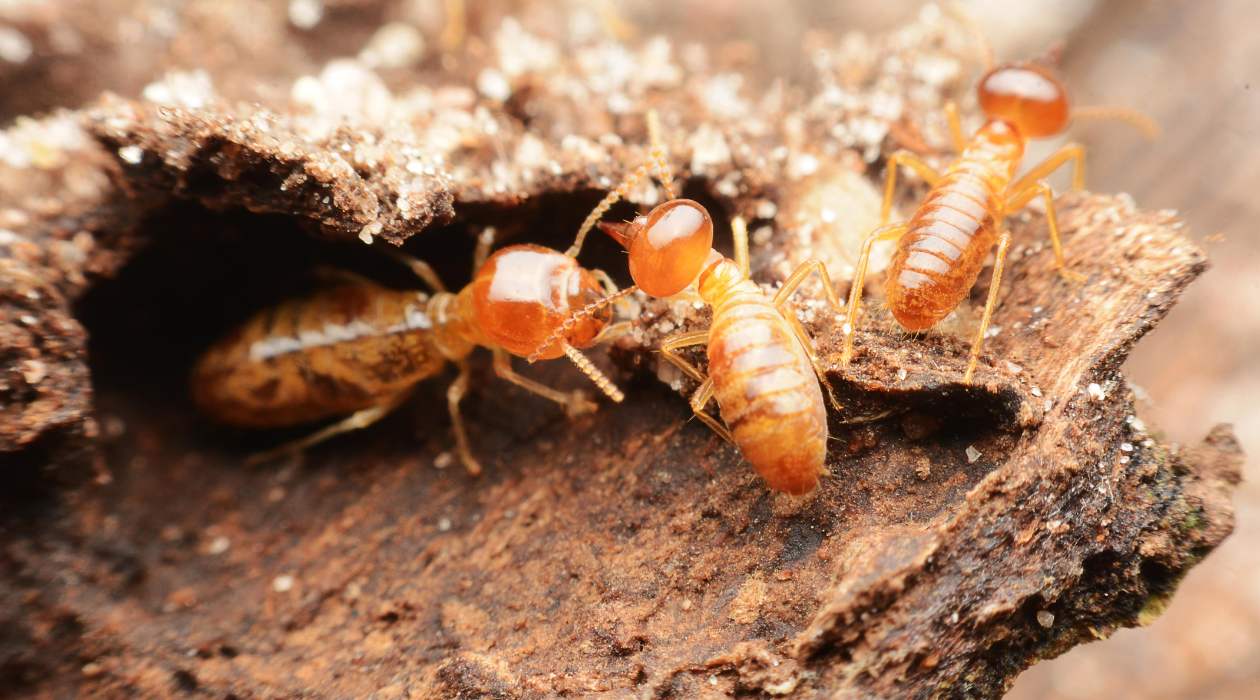

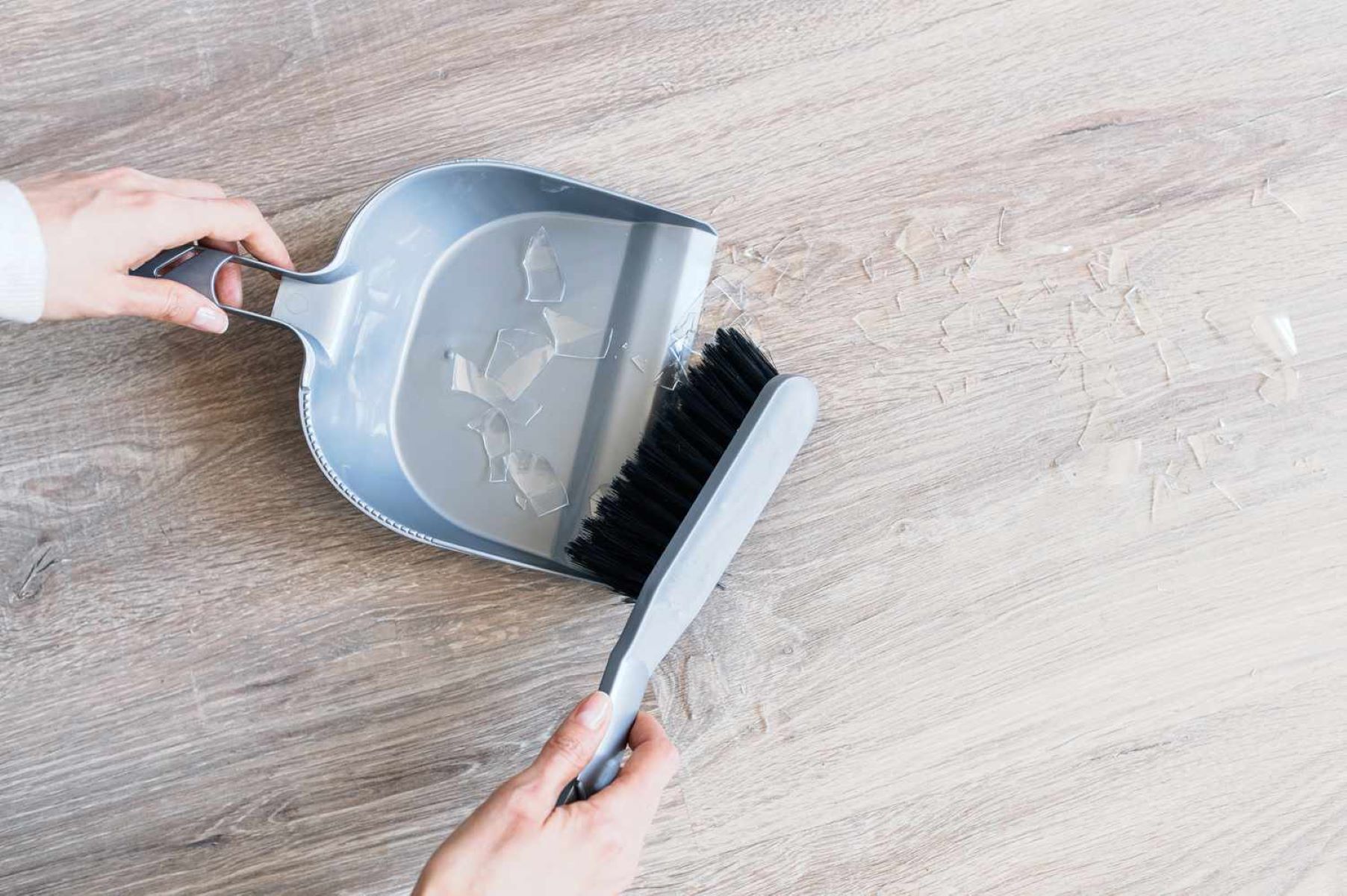
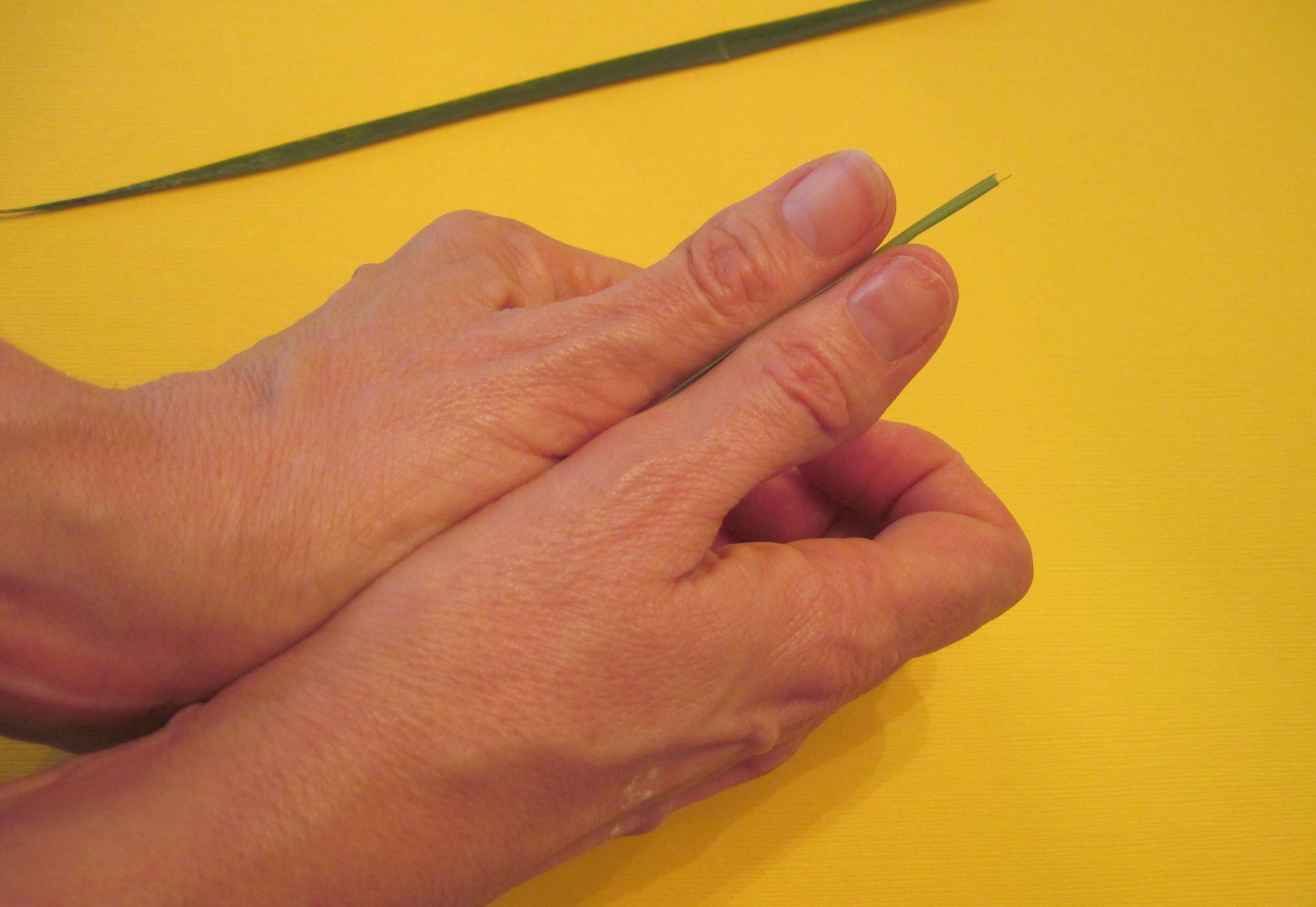
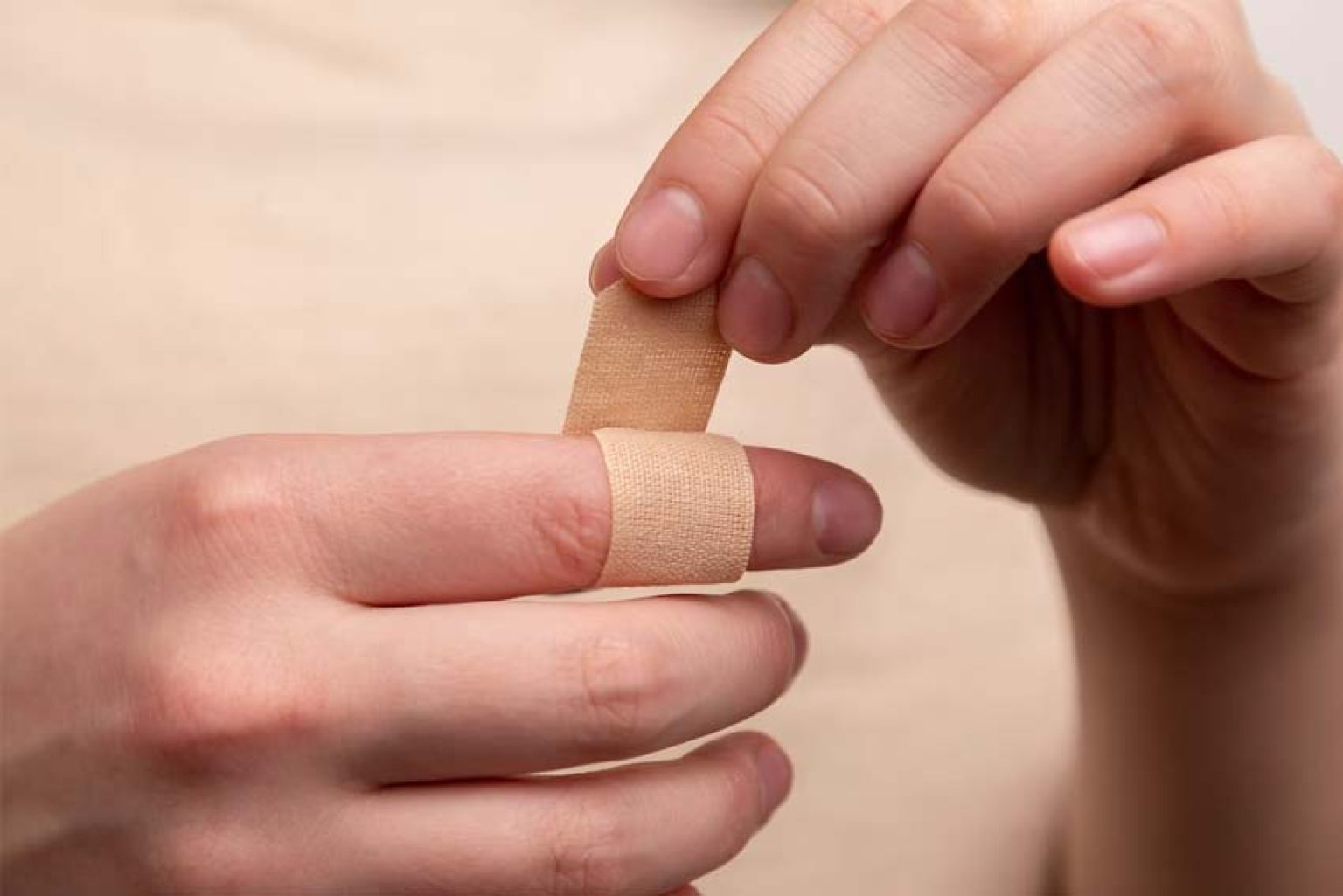

0 thoughts on “How To Treat A Single Piece Of Furniture For Termites”